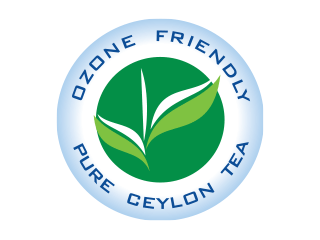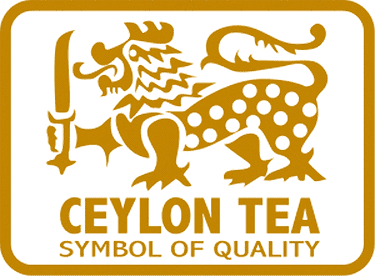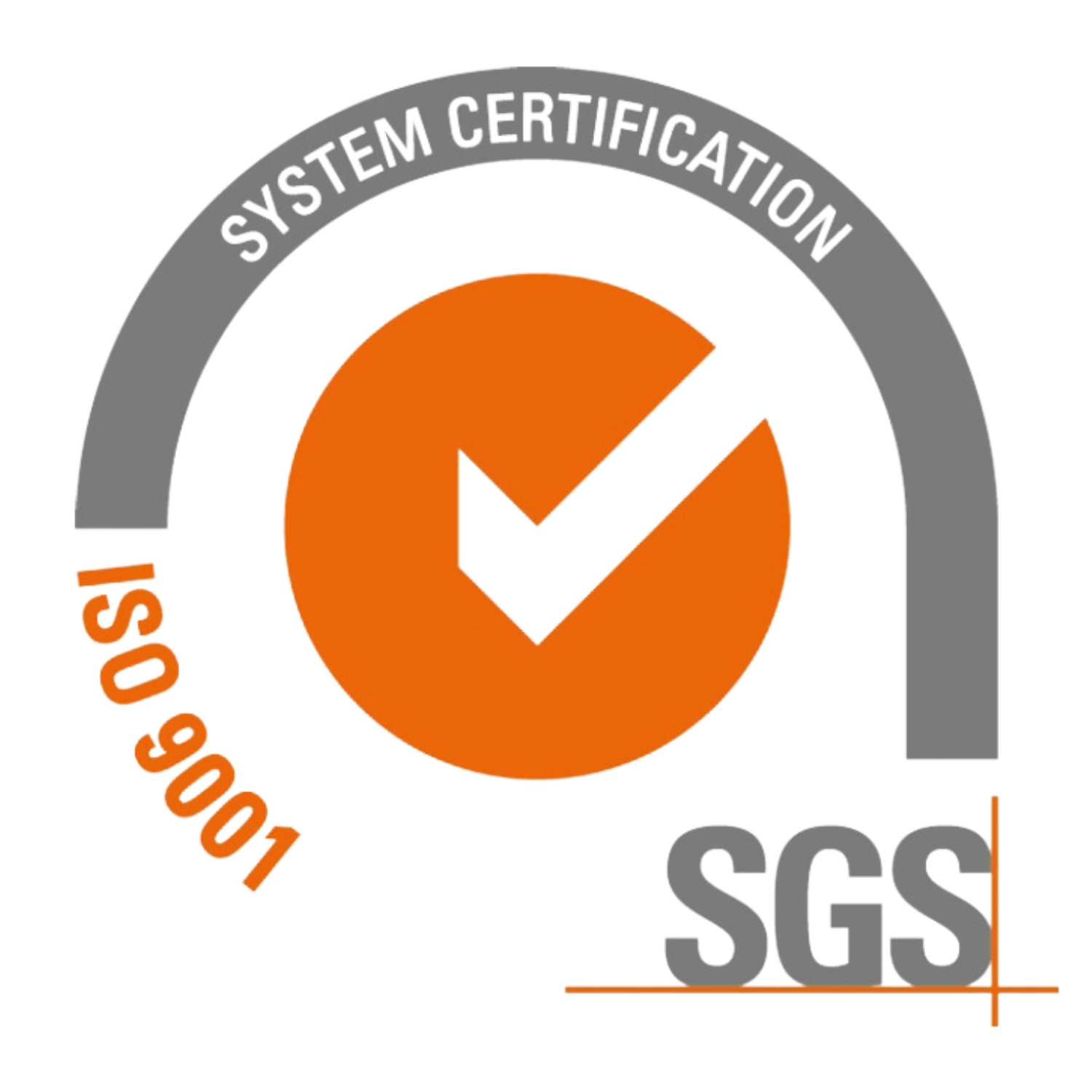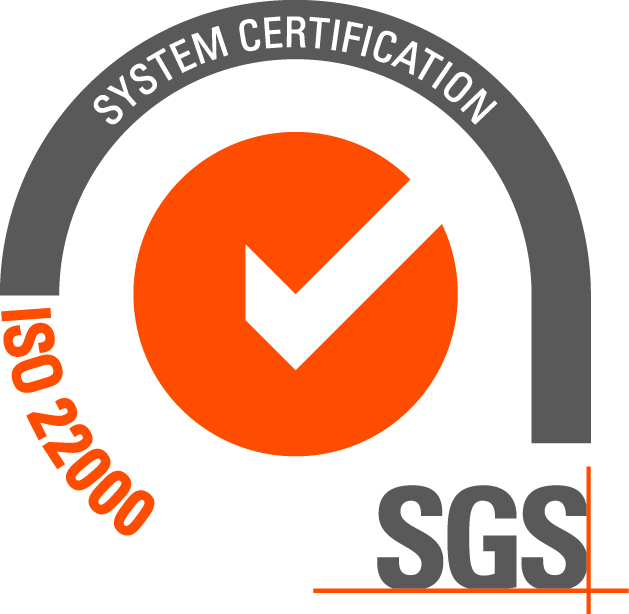Certifications
Our Teas Certified with LION LOGO
Ceylon Tea Lion Logo which appears on Ceylon tea packs denotes not only the country of origin but also the quality of Ceylon Tea.
Sri Lanka Tea Board is the legitimate owner of the Ceylon Tea Lion logo which has been registered in many countries in the world. The usage of Lion Logo is subject to the following conditions:
The Lion Logo can be used only on consumer packs of Ceylon tea.
1. The packs should contain 100% pure Ceylon tea.
2. The brands that use the Lion Logo should be packed in Sri Lanka. Overseas Importers/packers are not allowed to use the Lion Logo on their tea packs even if the packs contain pure Ceylon Tea.
3. The brands that use the Lion Logo should conform to the quality standards set out by the Sri Lanka Tea Board.
When you next buy your tea look for the Lion Logo on the pack which is your guarantee of quality pure Ceylon tea.


Ozone-Friendly Pure Ceylon Tea Logo
Winner of Montreal Protocol Implement award
Sri Lanka is the largest producer of Orthodox tea in the world. Its annual tea production is in the region of 330 - 340 million kg which accounts for 9 - 10 % of world tea production.
Sri Lanka exports approx : 325 million kg of tea annually and has a share of 20% in global tea exports. Sri Lanka became the first tea producing country to achieve USD one billion in export revenue when it earned USD 1.1 billion from tea exports last year.
International Standard Organization in 1997 confirmed that Sri Lanka Tea (Ceylon Tea) is the cleanest in terms of pesticide residues. This has been re-confirmed at subsequent ISO Forums held every other year.
In its commitment to ensure the sustainability of the tea plantation, Sri Lanka has discontinued the use of any chemicals in the tea plantation which depletes the ozone layer. It has become the first tea producing country to adopt 100% environment friendly technologies in tea cultivation and received the recognition from Montreal Protocol as the first Ozone Friendly Tea in the world.
HACCP
Hazard analysis and critical control points, or HACCP, is a systematic preventive approach to food safety and biological, chemical, and physical hazards in production processes that can cause the finished product to be unsafe, and designs measurements to reduce these risks to a safe level. In this manner, HACCP is referred as the prevention of hazards rather than finished product inspection. The HACCP system can be used at all stages of a food chain, from food production and preparation processes including packaging, distribution, etc.
Premium International Exports manufactures its products as per the parameters of HACCP (Hazard Analysis and Critical Control Points) for implementing a systematic preventive approach to safety throughout processing stages. These quality standards ensure that each cup of tea you enjoy has been processed under the most hygienic conditions.


ISO 9001
ISO 9001:2008 specifies requirements for a quality management system where an organization needs to demonstrate its ability to consistently provide product that meets customer and applicable statutory and regulatory requirements, and aims to enhance customer satisfaction through the effective application of the system, including processes for continual improvement of the system and the assurance of conformity to customer and applicable statutory and regulatory requirements.
All requirements of ISO 9001:2008 are generic and are intended to be applicable to all organizations, regardless of type, size and product provided.
Where any requirement(s) of ISO 9001:2008 cannot be applied due to the nature of an organization and its product, this can be considered for exclusion.
Where exclusions are made, claims of conformity to ISO 9001:2008 are not acceptable unless these exclusions are limited to requirements within Clause 7, and such exclusions do not affect the organizations ability, or responsibility, to provide product that meets customer and applicable statutory and regulatory requirements.
ISO 22000
The ISO 22000 international standard specifies the requirements for a food safety management system that involves the following elements:
Critical reviews of the above elements have been conducted by many scientists Communication along the food chain is essential to ensure that all relevant food safety hazards are identified and adequately controlled at each step within the food chain. This implies communication between organizations both upstream and downstream in the food chain. Communication with customers and suppliers about identified hazards and control measures will assist in clarifying customer and supplier requirements.
